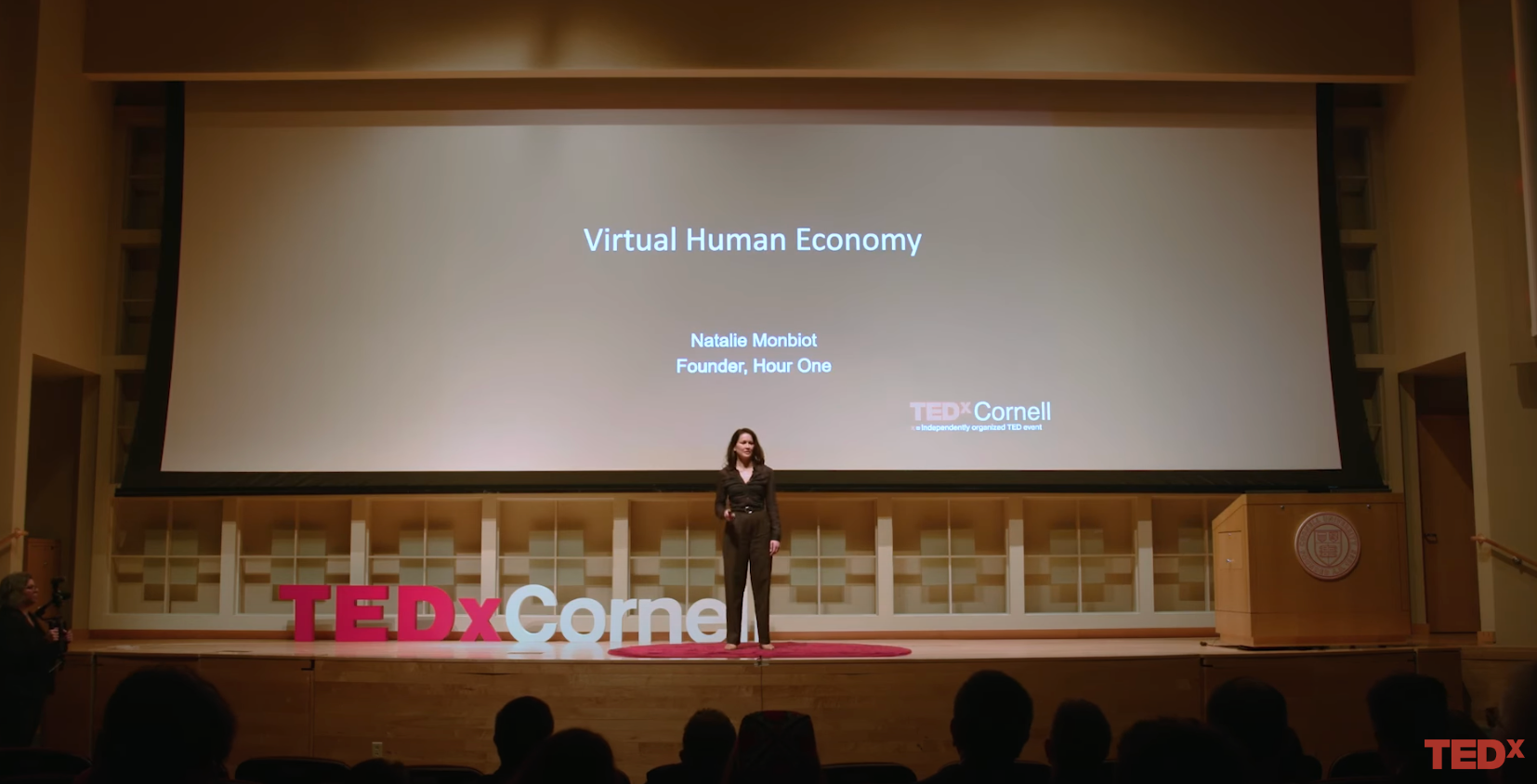What comes to mind first when you hear “Dream Employer”?
Most likely, Apple and Google if you’re a tech person, or Hubspot and MoZ if you’re more of an SEO.
If you’re not a techie or an SEO, whichever company it is will most likely be in the top global list of organizations to work with.
That’s the result of excellent employer branding—a process that involves building your image and presenting yourself as the ideal employer.
In this article, we’ll share the five AI-driven employer branding strategies these businesses use to retain and recruit top talents.

1. Data-Driven Employer Brand Audit With AI
It’s pretty easy to overlook the minor things that affect your branding inside and outside the company. These factors also influence the effectiveness of your recruitment campaigns, and your existing employees might take them as a red flag to quit.
To avoid this outcome, Stephan Baldwin, Founder of Assisted Living, suggests conducting an employer brand audit. He says, ”Employer brand audit gives you an insight into what you’re doing right or wrong and how these things contribute to your public image, whether good or bad.”
When conducting employer brand analysis, you want to ask questions such as:
- How positively do people see your brand?
- Is your workplace a haven for people to work?
- What’s the gap between your image and competitors’ image?
- How’s your brand messaging connecting with the audience?
- Is your workplace culture inclusive enough?
- What separates you from competitors?
Once your audit report is out, feed the data into your branding AI program and let it generate data-driven suggestions for improvement. However, these suggestions are often more objective and unaffected by personal views.
According to Volodymyr Shchegel, VP of Engineering at Clario, being objective is good, but completely excluding personal views might not be. He instead advises “Using AI tools trained with machine learning algorithms since they can analyze human sentiments from a larger database and give suggestions that resonate better with your targets.”

2. Create Personalized Recognition & Rewards
When asked, Anthony Martin, Founder and CEO of Choice Mutual, says, “Employees are the main building block of every company. Creating the wrong employer image indirectly affects employees’ productivity. And their productivity affects your company’s overall performance.”
If you want to improve employee productivity, you have to let them know they matter (which is true) by rewarding and recognizing their efforts.
To do that, use an AI-integrated employee rewards software. These AI-driven retention tools tailor recognition and awards based on each employee’s work style, preference, and interactions.
Note that your rewards must be personalized to individual needs. You definitely don’t want to reward an employee with a basket of candies when they actually need a new tab. In this case, you can combine your employee rewards software with an online quiz maker to collect your workers’ preferences.
3. Prioritize Learning & Development Opportunities
76% of job seekers believe a company’s job offer will be more appealing if it includes employee training and development opportunities. While another 41% say it is an essential factor they use when evaluating a company’s culture.
So, if you want to improve your employer image both inside and outside, you must create upskilling and reskilling opportunities. However, it’s important to personalize these opportunities to each individual.
According to Jim Pendergast, Senior Vice President at altLINE Sobanco, “Two JSON developers working in your organization will definitely have different areas of weakness that they would like to upskill on. Providing the same course or training to both people will only create learning discrepancies and dissatisfaction.”
To ensure you’re on track, use an AI-built employee engagement tool. These tools collate every employee interaction and workflow within the company to decide which training is best for which employee. They also consider the best training format—videos, PDFs, on-the-job practicals, etc.
4. Use AI For Targeted Candidate Attraction
61 million people search for job openings on LinkedIn weekly. That sums up to 244 million monthly and over 2 billion yearly. Likewise, the number of job posts on job platforms, social media, and search engines is on the rise.
AI recruitment tools can be used to collate data from the millions of job posts on the internet, analyze them, see what people are doing differently, and see what is common to most posts. Then prompt it to create a job notice or content that’s much more personalized while considering the exciting aspects of your company.
Suppose you prefer using video promotions to publicize your career roles. In that case, you can use a media tool to generate AI videos, such as infographic illustrations that properly depicts the uniqueness of each role and your company culture.
5. Develop Compelling Employer Value Proposition (EVP)
Employer value proposition means what you have to offer your employees and incoming talents. It’s like a placard telling job applicants what they will get by joining your company. Most importantly, EVPs are unique to each company and become your winning card when ideal applicants are faced with multiple choices of brands to work with.
However, it’s impossible to develop an effective EVP:
- If you don’t understand what you currently offer.
- If you don’t know which of your offerings aligns with the interest of your potential employee.
While you can collate these answers manually, that’s a lot of time. Instead, automate your process with an AI tool, precisely one built for recruitment purposes. Analyze your current stand as a company, your workplace culture, and the perks and compensations in place for employees.
Then, use the software to dig out current trends in workplace requirements from employees and job applicants. Compare the result with your current EVP and adjust appropriately.
For instance, the current trend might be that 80% of job applicants are clamoring for two weeks of paid leave yearly. With an AI tool, you can quickly review your existing propositions and calculate the impact if you include this trend in your list or not.
Once you have a solid EVP, integrate it into your job posts, brand videos, marketing resources, etc.
Conclusion
Employer branding is a crucial factor determining whether you can successfully recruit talents to your rank or shoo them off to competitors. So, you definitely don’t want to take it with a finger.
To improve your branding internally and externally, start by conducting an audit. Know where you stand first. Once that’s done, use an AI-integrated employee rewards system to recognize the efforts of your existing employees.
Afterward, use tools like ChatGPT and Gemini to develop personalized learning opportunities and create job posts that resonate with your applicants. Lastly, employ AI to create a compelling employer value proposition.








